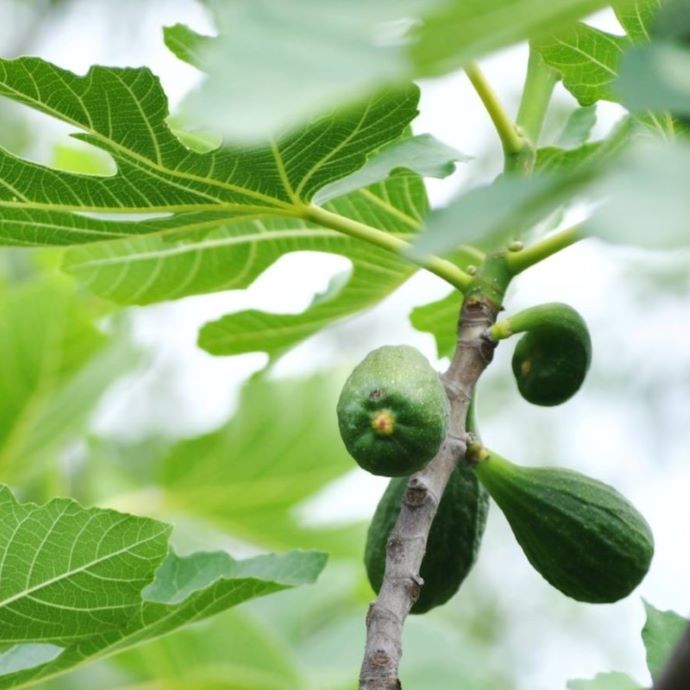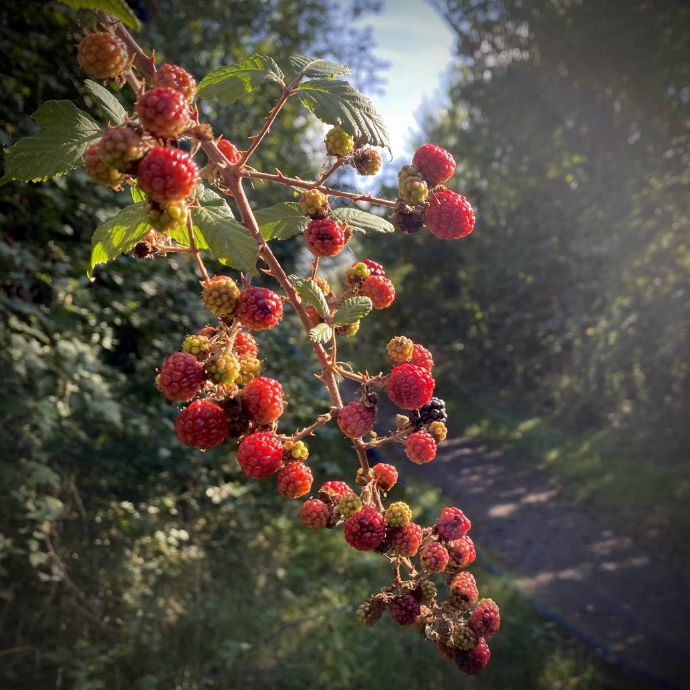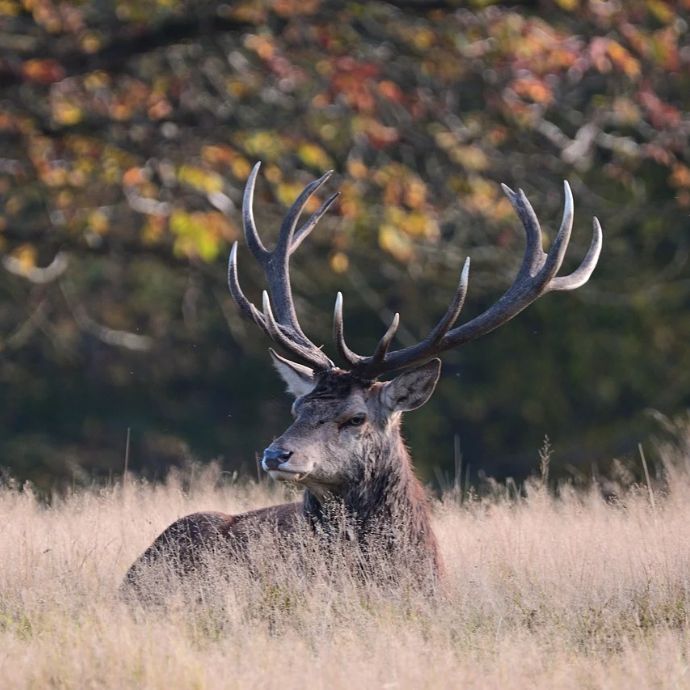Advice & Inspiration
Forced Rhubarb: A Step-by-Step Guide
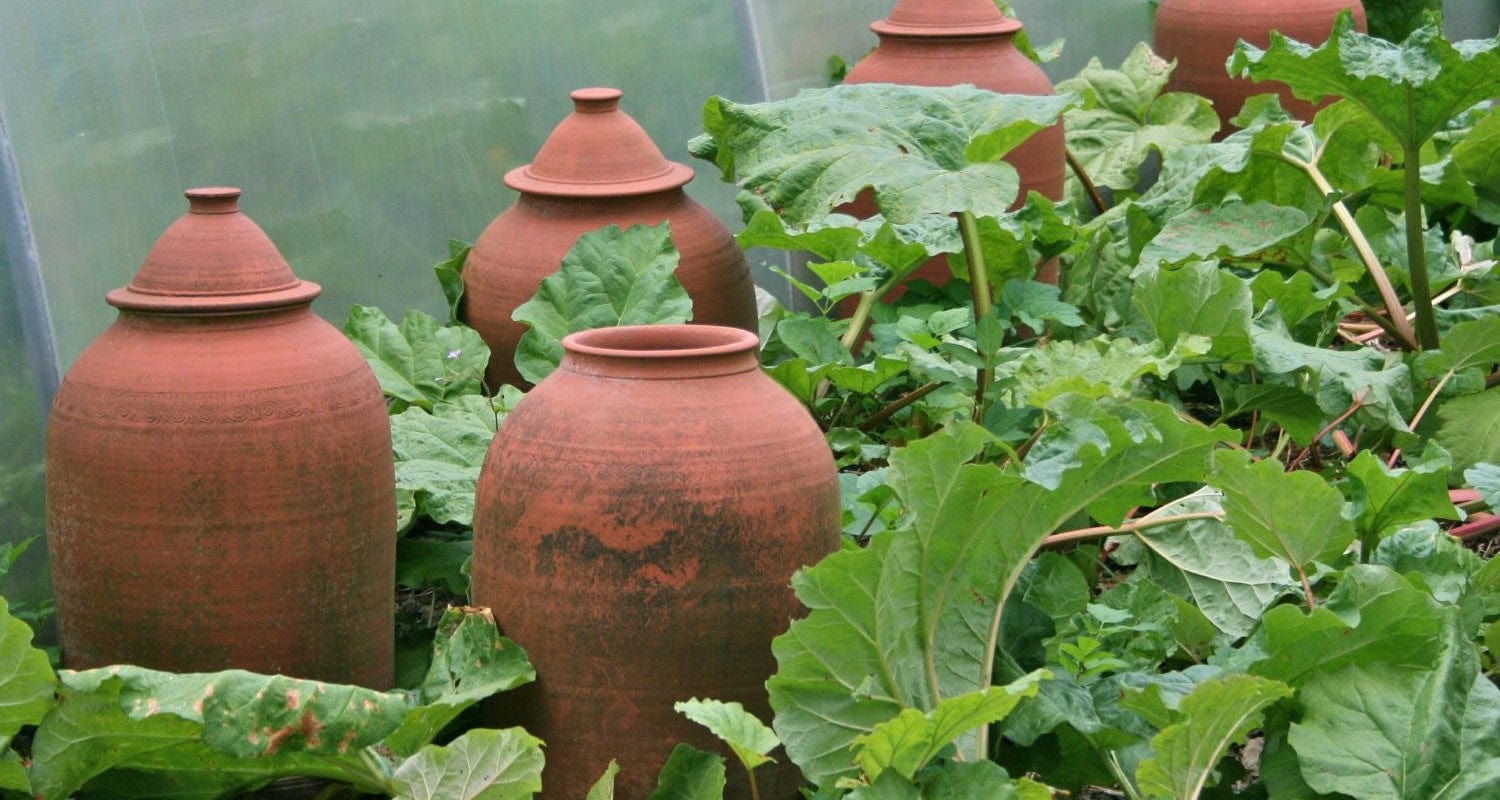
What is forced rhubarb?
If you’ve ever seen upended terracotta pots or buckets in an allotment or garden and wondered what was going on, the chances are that it was forced rhubarb. This technique (which simply involves covering the rhubarb plant with a pot or bucket) was discovered by happy accident in 1817, when a gardener at the Chelsea Physic Garden discovered some forgotten rhubarb growing under a bucket which was taller, straighter and sweeter than the rest of the crop.
Under normal growing conditions, a rhubarb crown will start to sprout and grow new stalks in spring, but by keeping it warm and dark under a pot, you can make the plant put more energy into seeking out the light, meaning that it grows extra quickly and is ready months sooner - as early as February. Commercial rhubarb growers do this in large sheds, but it’s not hard to force rhubarb on a smaller scale in your own garden.
Jump to:
- Why force rhubarb?
- Which rhubarb is best for forcing?
- What you’ll need
- When and how to force rhubarb
- The rhubarb triangle
- Recipes
Why would you do such a thing?
Forced rhubarb stalks are more tender, sweet and thin than standard rhubarb, and tend to be a bright pink colour. This makes them look as well as taste extra special, and the forced stalks are a much sought after delicacy. Plus who doesn’t love getting fresh fruit* in February? You won’t get rhubarb until March at the very earliest under the usual conditions, and most isn’t ready until summer, so if you can get it in the winter when there’s very little other fruit around, why wouldn’t you?
* Except that it’s technically a vegetable. Weird.

Which rhubarb is best for forcing?
Any kind of rhubarb can be forced, but you’ll get the best results from earlier cropping varieties. These include Timperley Early, Mira, Terrifically Tasty, Victoria, Sanvitos and Champagne.
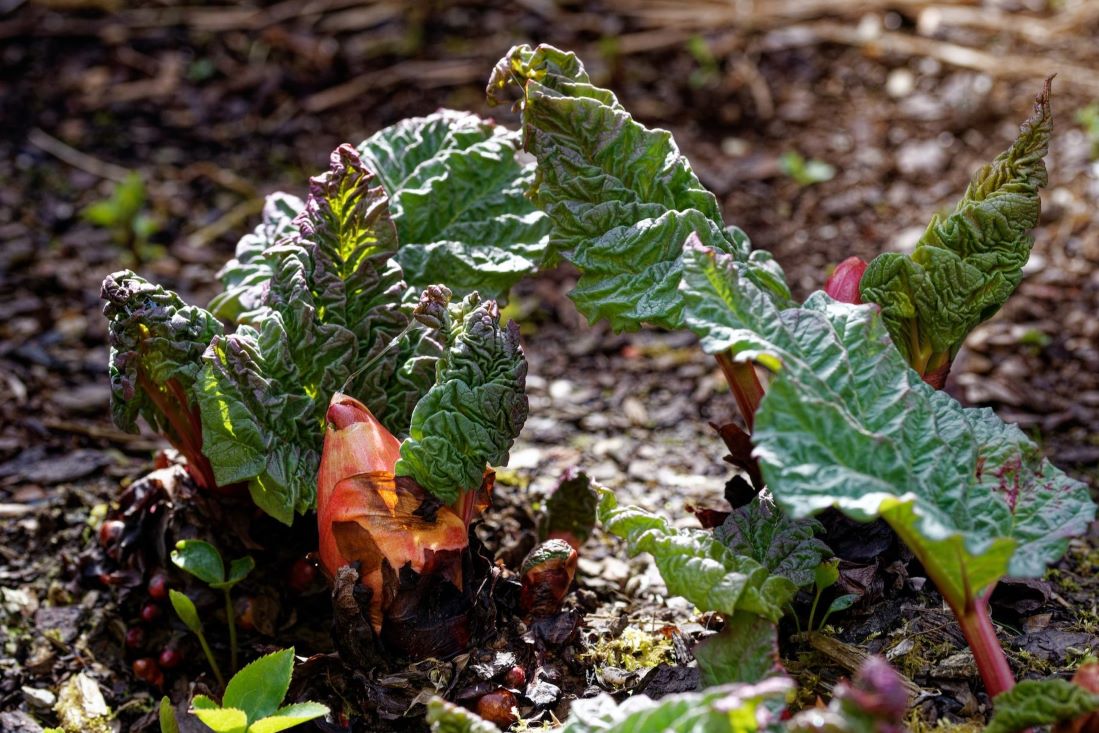
What you’ll need
- A rhubarb crown growing in the ground.
- A pot or bucket large enough to cover it and at least 45cm tall.*
- Bricks (if using a bucket).
- Mulch.
- Manure or well rotted compost.
*Traditional terracotta rhubarb forcing pots come in at upwards of £60 each - they’re decorative as well as useful, but if you want to save money, an old bucket does just as good a job. You can also use a dustbin, a compost bin or a reclaimed chimney pot.

Image source: Ian Capper.
When and how to force rhubarb
You can start forcing your rhubarb between December and March, when the crown is dormant - most people start in December or January.
- Choose a mature (at least two years old) healthy looking crown to force, and clear away any dead leaves or stones from the soil around it.
- Mulch around your rhubarb crown with compost, manure or bark chips.
- Cover the crown with your chosen forcing pot. If you’re using a lightweight pot such as a bucket, weight it down with bricks. Whatever you use, make sure no light can get through, especially at the bottom of the pot, and if your pot has any drainage holes in it, cover them up with black duct tape.
- Pile some manure or compost around the sides of the pot - this will keep your rhubarb warm and help it grow quicker.
- Leave it for about 7-8 weeks. Your forced rhubarb is ready to pick when the stalks are touching the top of the pot or when they’re about 45-50cm long. To harvest them, gently twist and pull.
Forcing uses up a lot of the rhubarb plant’s energy, so you should only do this to it every other year. Planting two or more means that you can alternate the crowns being forced.

What is the rhubarb triangle?
Most of the rhubarb bought in the UK is grown in a nine mile ‘triangle’ of Yorkshire, between Leeds, Bradford and Wakefield. These cities are famous for their forced rhubarb, with a tradition of growing the plants in large, dark wooden sheds that dates back to the 1870s.
Rhubarb appreciates the cold weather in Yorkshire, as well as the nitrogen-rich soil, and at one point there were over two hundred growers in the area! The rhubarb is still harvested the traditional way, by candlelight, and it’s said that it grows so quickly under these conditions that you can actually hear the cracks and squeaks of the stems as they grow.
In 2010, Yorkshire rhubarb was given PDO (Protected Designation of Origin) status, meaning that any rhubarb claiming to be from the rhubarb triangle has to be the real deal. If you can get hold of some, don’t miss it - and if you get a chance, the Wakefield Rhubarb Festival each February is a rhubarbtastic day out.
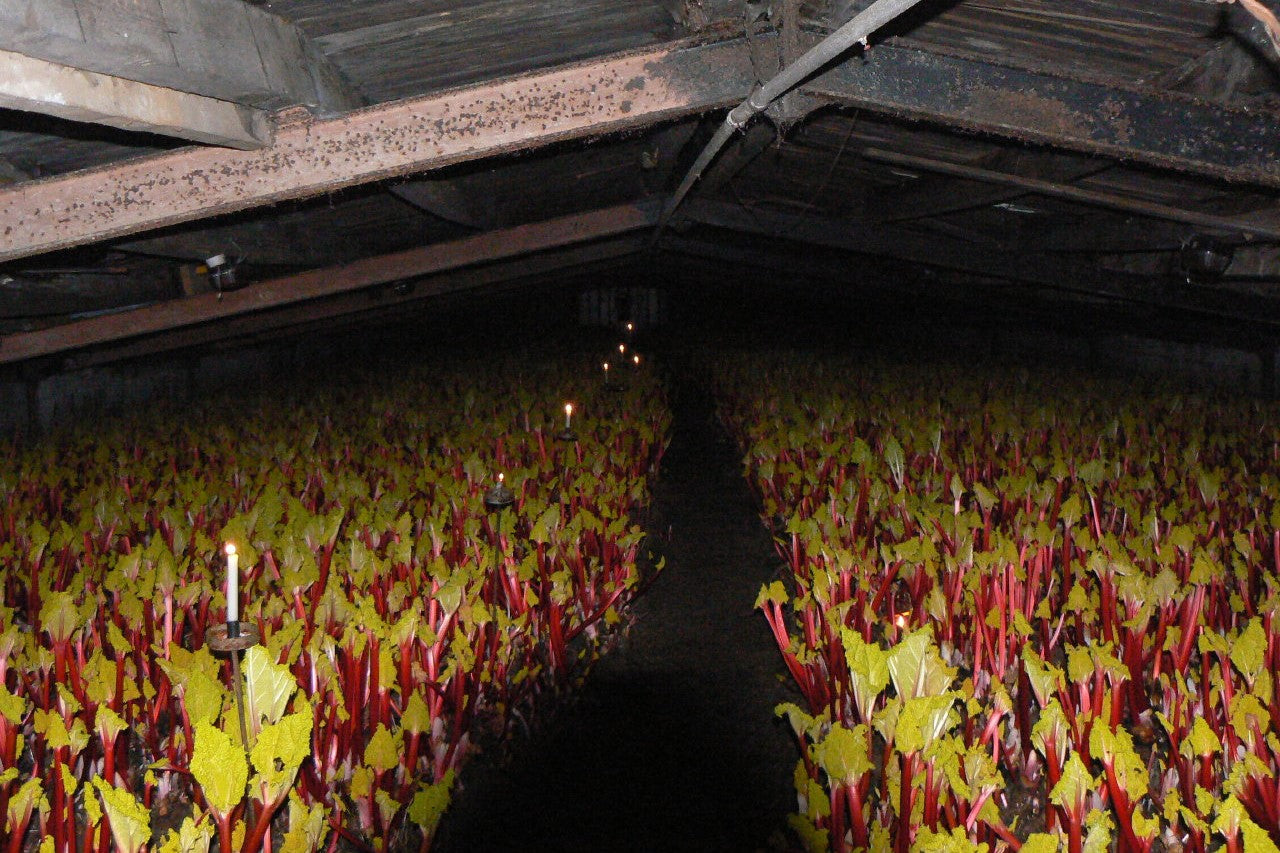
Image source: Wikimedia.
Forced rhubarb recipes
Forced rhubarb is sweeter than rhubarb harvested in summer, so when using any recipe designed for standard rhubarb, you might want to reduce the sugar content.
Rhubarb crumble
Forcing your rhubarb means you can be enjoying this warm dessert classic while the weather’s still cold. Nigella Lawson calls it “the best rhubarb crumble in the world”!
Rhubarb tarte tatin
Traditionally made with apples, tarte tatin is easy to make and looks impressive at a dinner party. Bright pink forced rhubarb just makes it even better!
Rhubarb gin
Using forced rhubarb for this refreshing treat gives the drink an attractive pink colour. Mix it with elderflower tonic and garnish with a slice of orange for the best flavour.
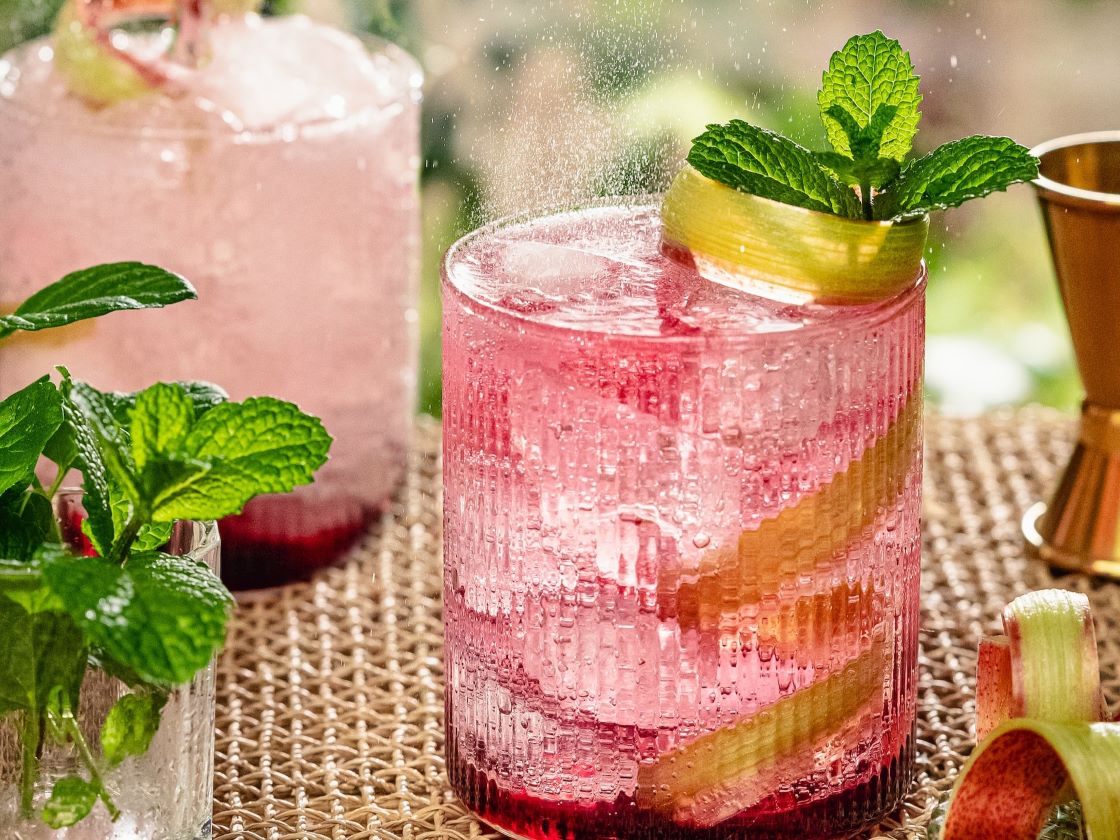
Top image source: Flickr.

